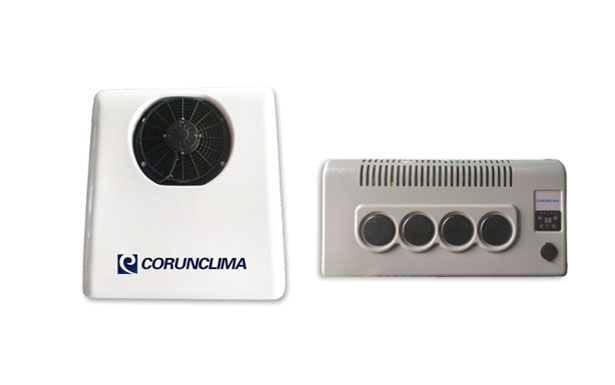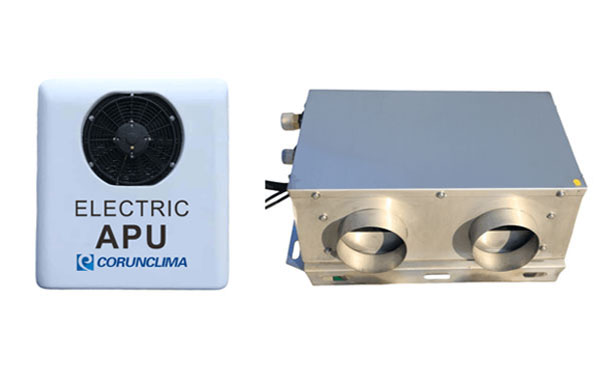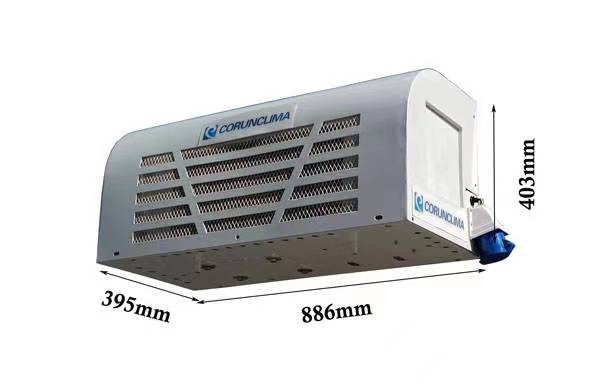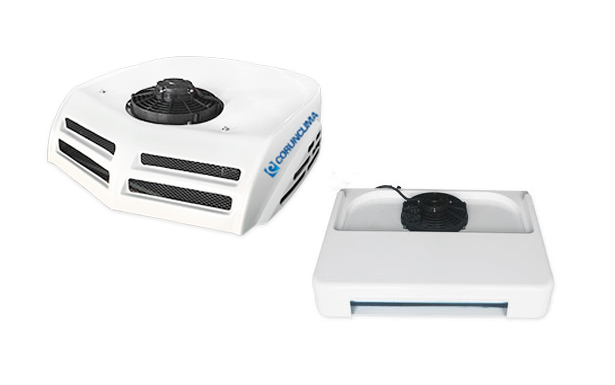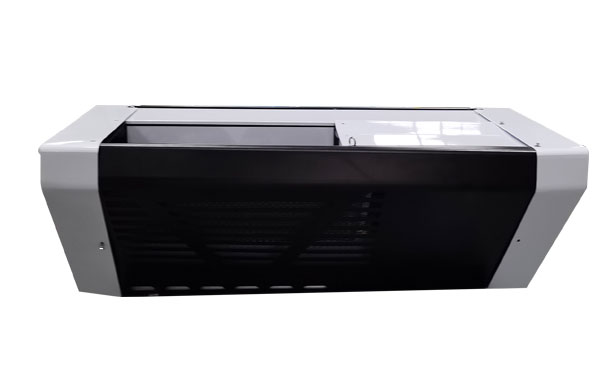Why the Refrigerated Vehicle Cools Down Too Slowly
Author:Corun Date:2018/07/26
Chilled and frozen food must rely on refrigerated vehicle as carrier for transportation. In order to ensure the freshness or shelf life of goods, the temperature control of refrigerated vehicle is crucial. However, sometimes you may find the refrigerated vehicle cools down too slowly. Why is it?
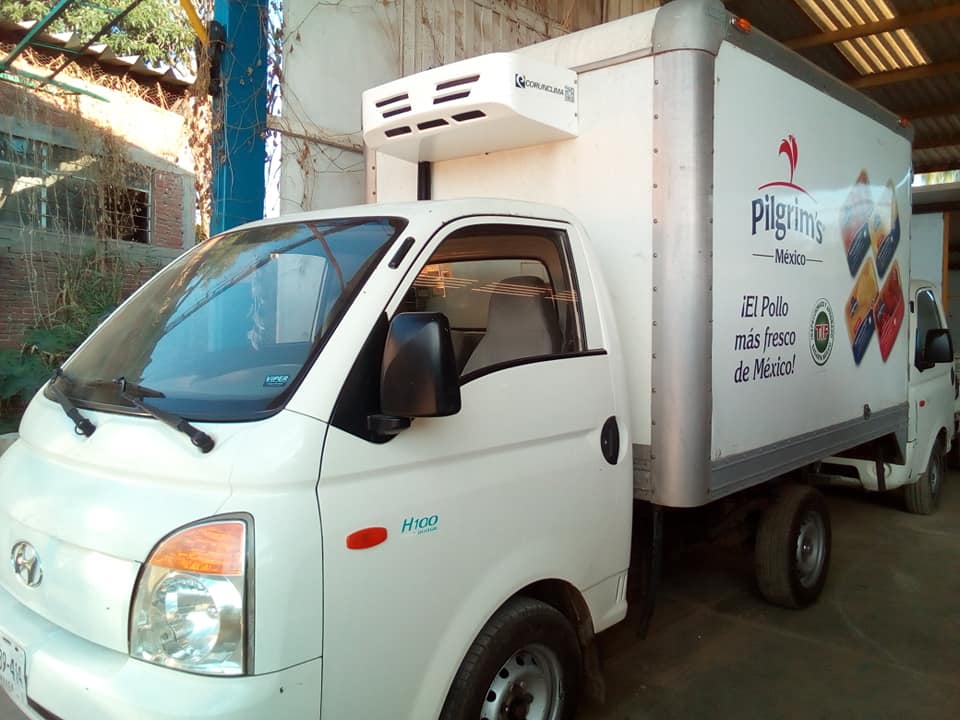
1. The refrigerated vehicle has poor thermal insulation or poor sealing performance.
The thermal insulation performance is poor because the inner and outer layer of the body are not bonded to each other, or the thickness of the insulation layer is not enough. It is mainly caused by the improper selection of the thickness of the insulation layer or the poor quality of the insulation material used. In addition, in the process of construction, the heat and moisture resistance of thermal insulation material may be destroyed and the insulation layer is dampened, deformed and even eroded, thus the insulation ability is reduced, the cooling loss of the body increases and the temperature drop of the body slows down obviously.
Another important reason for the large cold loss is the poor sealing performance of the body, and more hot air enters into the body through the leakage point. Generally speaking, if there is condensation at the sealing strip or sealing part of the body wall, the sealing is not tight enough. In addition, frequent open/close of the door or many people entering the body will also increase the cooling loss. Try to avoid opening the body door to prevent outside hot air from entering.
2. There is too much frosting or dust on the surface of the evaporator.
Low heat transfer efficiency of the evaporator is another important reason for the slow decline of the body temperature, which is mainly caused by the over thickness of the frosting or the excess of dust on the surface of the evaporator. The surface temperature of the evaporator is mostly lower than 0 degree Celsius, and the humidity of the chamber is relatively high, so the moisture in the air is very easy to frost and even freeze on the surface of the evaporator, which affects the heat transfer effect of the evaporator. In order to prevent excessive frosting on the evaporator, it is necessary to defrost it regularly. There are two defrosting methods, which are as follows:
1) Stop to defrost. That is, stop the operation of the compressor, open the door, let the body’s temperature rise, and start the compressor until the frosting layer is naturally melted.
2) Flush to defrost. After removing the cargo from the body, flash the evaporator surface with relatively higher temperature tap water to defrost.
Together with Corunclima, let’s enjoy the comfort brought by worry-free transport refrigeration unit and air-conditioning system for trucks, vans, and various types of vehicles!
TAG: Transport Refrigeration Unit Corunclima
Prev Article:CARB cracks down on Salinas big rigs
Next Article:Peterbilt Offers Driver-Focused Features for Sleeper Models
.png)





